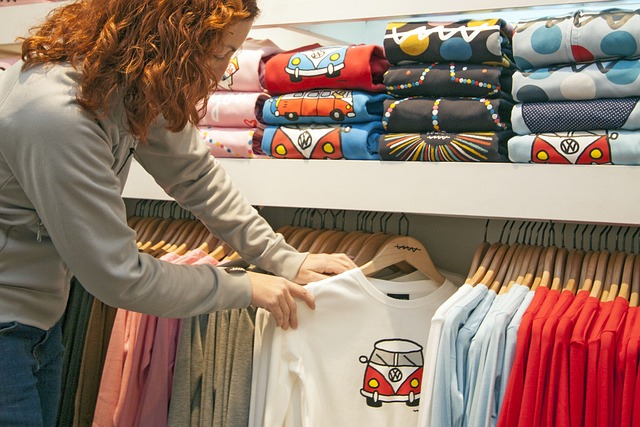
Latest report published by Data Bridge Market Research titled ‘Global Knitwear Market’ indicates this segment of the clothing was valued at $644.29 billion in 2021 and is projected to reach $1,606.67 billion by 2029, at a CAGR of 12.10 per cent. Changing perception of knitwear has helped the segment grow in popularity as knitwear moved from innerwear to outerwear and from local labels to designer collections.
A new perspective towards fabric
The key driver has been the surge in physical, sporting and outdoor activities and the versatility of knitwear is perfectly poised to cater to such requirements and across price segments. The pandemic-induced lockdown that began the WFH culture also contributed to the boom as more people opted for comfortable yet stylish clothing whilst they lived lives within limited physical perimeters. The lockdown also raised the collective consumer consciousness -- wasteful consumption patterns were under the spotlight, shifting focus onto consciously crafted clothes.
Knitwear complies with fashion’s accelerated sustainability efforts – not only does it involve designing a garment but also demands technical know-how about crafting the fabric. Designers and brands are exploring responsible materials and processes to weave their knits, highlighting transparency and quality. Another key driver for knitwear is its availability and accessibility as disposable incomes rise. Premium brands have played an important role in promoting knitwear as their sporty and outdoorsy interpretations have resonated well with the emerging new lifestyle that is health-centric.
Some challenges to overcome
The high cost of producing knitwear in developed countries is posing to be an inhibitor for the sector’s overall growth, more so with stringent sustainability and circularity laws being imposed in regions like the EU. Market share creation for established global brands is perhaps the greatest challenge in this sector as lower-end consumers for inexpensive local labels that not only suit their budgets but also cater to their tastes. With this factor in play, market growth for international and premium labels can be restrictive. In the forecast period of 2022-2029, North America will see a huge growth due to the region’s increasing awareness of healthy lifestyle, changing trends in the fashion industry and increase demand for seasonal outfits, such as sweaters and hoodies. Currently, Asia-Pacific dominates the knitwear market because of the strong presence of major manufacturers especially among various economies such as India China, South Korea within the region.
The Indian scenario
Recently Union minister for Commerce and Industry, Textiles, Consumer Affairs, Food and Public Distribution Piyush Goyal paid a glowing tribute to Tiruppur, the undisputed hub of knitwear manufacturing in India. The hub recorded 22.87 per cent CAGR, which is unheard of anywhere else in the world of knitwear manufacturing. In 2022, Tiruppur’s domestic and export of knitwear touched a whopping $4.2 billion, with exports taking the lion’s share. The case is different in Ludhiana which is more focused on supplying for domestic consumption which is on the rise. In 2022, Ludhiana’s export figures stand at $0.18 billion and domestic sales at $1.6 billion.
Both, Ludhiana and Tiruppur have concerns with rise of circular and flat knitwear in Bangladesh but as the latter prefers to manufacture basic products, the Indian knitwear sector is slowly carving itself a position in the global and domestic fashion world with different fabrics, designs, construction and cuts. Ludhiana has chosen to focus more on winter clothing whilst Tiruppur on fashion apparel.
Meanwhile, manufacturers in Ludhiana known for its hosiery and woolen products worldwide are worried. They wait for the winter season for orders but this year, they are facing low buyer sentiment in addition to tough competition at the hands of the cut-and-sew industry coming up in UP and Bihar. In a cut-and sew industry, the labor gets the cloth, cuts and sews it for the market on cost-to-cost basis. As Darshan Dawar, Chairman, Ludhiana Woolen Manufacturers’ Association says, “We are facing tough competition from the cut-and-sew industry in UP and Bihar. The industry gets the cloth, makes jackets, sweatshirts, etc, and sells the products on minimal margins.” As per some manufacturers, production has come down from six lakh pieces per month to 3.5 lakh per month. Agrees Sudershan Jain, Managing Director, Oner, brand who says the season is low by about 20 per cent due to low buyer sentiments. However, he is hopeful at by January and February, sales will pick up owing to the wedding season and peak winters.












